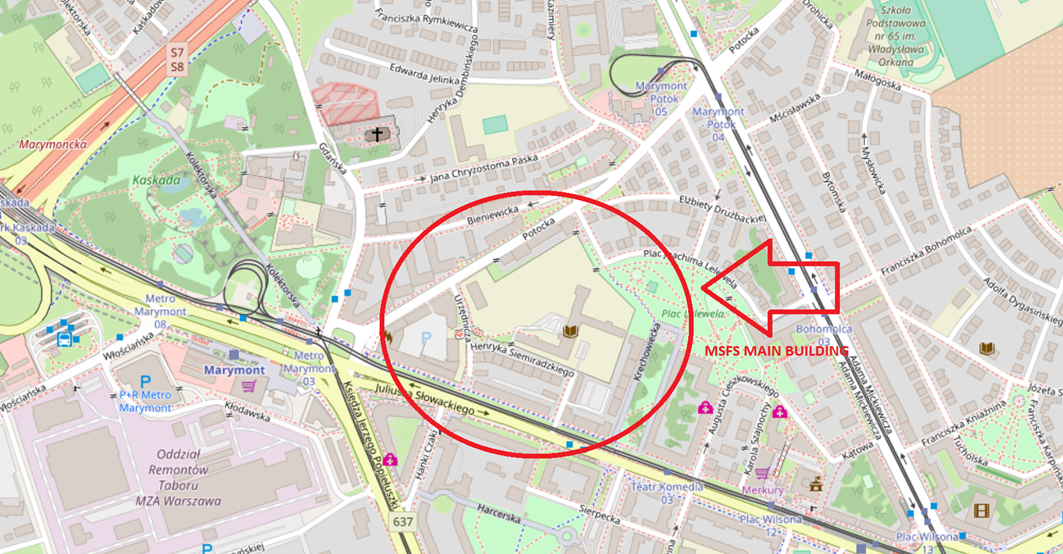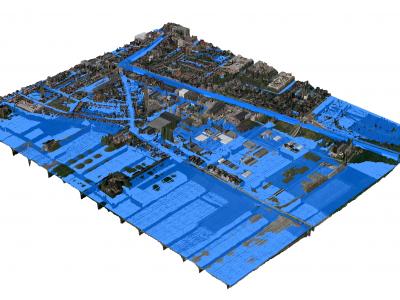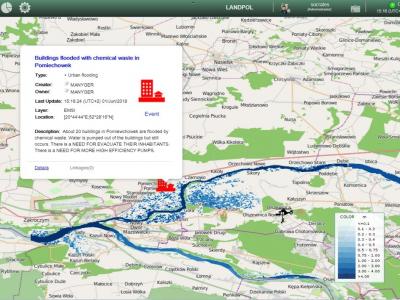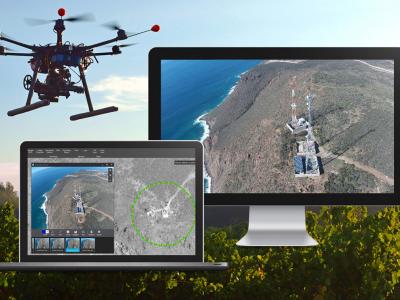Contact
The demonstrates the potential interest of a more integrated high-level Management (CM) system in the European Union (EU), partly in cross-border contexts in term of improved situation , coordination, resource pooling & sharing, and cross border cooperation.
The itself also serves as a demonstration of a Common Operational Picture (COP) approach potential at the European level. To achieve this, solutions enhancing joint COP production and usage for improved between agencies should be tested in the field.
This Trial is organized as a combination of a table top and a field :
- The first part (May 23, 2018 – Wednesday) - a table-top exercise based on a test bed located in SGSP’s premises.
- The second part (May 24, 2018 – Thursday) – parallel, logically combined, table-top and full-scale field exercise.
Gaps
Public warning with feedback
Early warning is critical when it comes to minimise the number of casualties and limit the consequences of the (preventing cascading events). The improvement of prediction capabilities (early warning information needs to be more understandable by responders and/or public) and the improvement of the dissemination of alerts, notably to reach vulnerable groups are two main aspects in this regard. The use of social media to monitor the population reaction to an alert, and to some extent check the reception of the information using sentiment analysis or reality mining can provide useful information regarding the attitude of people.
References in the literature: there are gaps identified in the literature about early warning systems and the to alert vulnerable groups, but nothing was found regarding the verification of the reception of the message by the target audience.
Modelling and visualization of threats' dynamics
To enhance operations, there is a for fast and accurate of the concerned territory at the pre-event and phase (for the incident-specific attributes that cannot be anticipated at the planning phase). Detailed forecasts and models (predictive modeling capabilities) to be produced in real time with incident-specific variables. The incident commander needs to understand both the current situation, and how it will evolve ( dynamic).
Time is a critical factor.
References in the literature: this is very specific and therefore not identified as such in the literature. Broader gaps about related issues such as the ability to identify cascading effects possibly impacting the response have been identified in several studies.
Assessment of cross vulnerabilities
It is necessary to assess the consequences of a
on people, property, the environment both separately, and including cascading effects across those three domains. This will help in identifying potential courses of action and assessing their probable outcomes, using modelling, and making use of lessons learnt and knowledge from past crisis.
Decision Support Systems are expected to take into account crisis dynamics, provide a assessing of the expected influences of possible
actions (intervention modelling), and enable task prioritisation.
References in the literature: this is not identified as such in the literature. Broader gaps about related issues such as the ability to identify cascading effects or decision support prompts have been identified in several studies.
Resource planning for large scale and long-term crises
Unlike the planning of resources for daily incidents, planning for large scale and long term is limited. Shift duration isa real constraint in such cases. Coordination across several agencies from several regions is required to overcome such limits.
References in the literature: no information found in the literature under scrutiny regarding the “planning” dimension of this
Objectives
O1.1 Realistic real time calculation of chemical and radiological threat dynamics
innovative (s) that provide realistic model of the chemical and/or radiological threats dynamics in a relatively short time, using calculation models based on limited and accessible data input. The (s) should be universal in a sense of practical usage in different situations (areas), with a -friendly interface.
O T1.2 Integration and comparison of model results and situational data
inovative (s) that allow the integration of results obtained in the different systems.
The (s) should enable the comparison of different models in one environment in real time. The proposed solution(s) should provide a universal for superimposing different models in a transparent and understandable form for the Head of Rescue Operation. At the same time, aggregated data should be visualized in a form which allows for easy and quick interpretation.
Test bed evaluation
Evaluate the usability of the DRIVER+
Trialing methodology validation
The
1 main objective is to test and validate present status of the DRIVER+ methodology in order to identify its shortcomings and strengths. Results of this validation process allow for improvement and to undertake corrective measures in creation of the DRIVER+ guidance methodology. This seeks to mature the guidance methodology with the aim to aid preparation, realization and
phases of next Trials.
The general aim of the Trial is complementary with the general aim of the whole DRIVER+ project which is creation of organisational and methodological framework for testing and verifying new ideas/solutions dedicated to facilitation of
management processes.
The of the DRIVER+ 1 includes a massive cross-border release of liquid toxic substances as a result of maintenance failure in a reservoir collecting chemical wastes. Two crises management centres on both sides of the border and the on-site operation commanding centre based in the field have to exchange information and coordinate their activities in the phase of the .
Scenarios
The of the includes a massive release of liquid toxic substances as a result of maintenance failure in a reservoir collecting chemical wastes. A valve failure causes that pumps pumping chemical waste liquid to the reservoir cannot be switched off. Due to this, there is a rapid inflow of a significant amount of a liquid, mud like toxic chemical to the retention reservoir. Dikes of the reservoir are weakened after prolonged rainfall during past few days and under the influence of pressure the reservoir, the dikes break.

 |
Portfolio of Solutions web site has been initially developed in the scope of DRIVER+ project. Today, the service is managed by AIT Austrian Institute of Technology GmbH., for the benefit of the European Management. PoS is endorsed and supported by the Disaster Competence Network Austria (DCNA) as well as by the STAMINA and TeamAware H2020 projects. |


